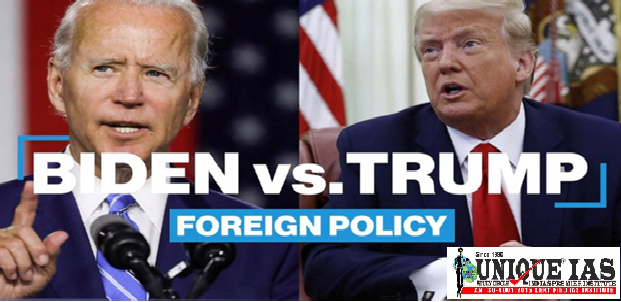Kunming-Montreal Global Biodiversity Framework (KMGBF)
Why in News
A year has passed since the ambitious Kunming-Montreal Global Biodiversity Framework (KMGBF) was adopted at the Convention on Biological Diversity’s (CBD) 15th Conference of Parties (CoP15).
Important Points
Background
• Human activities around the planet have been causing a crisis of biodiversity loss around the globe. This phenomenon has been known as the Holocene extinction, which is the sixth mass extinction event in the earth's history. The decline in nature threatens the survival of a million species and impacts billions of people.
• Due to increasing awareness of the biodiversity crisis, there was pressure from citizens and investors around the world to take action to address the interlinked crises of climate change and biodiversity loss.[4] There is already an international agreement for climate change, the Paris Agreement under the auspices of the United Nations Framework Convention on Climate Change, but until the development of the CBD, there was no similar framework for actions to protect biodiversity to be coordinated internationally.
Kunming-Montreal Global Biodiversity Framework (GBF)
• The Kunming-Montreal Global Biodiversity Framework (GBF) is an outcome of the 2022 United Nations Biodiversity Conference.
• The GBF was adopted by the 15th Conference of Parties (COP15) to the Convention on Biological Diversity (CBD) on 19 December 2022.
• It has been promoted as a "Paris Agreement for Nature".
Goals and Targets
• The GBF contains 4 global goals ("Kunming-Montreal Global Goals for 2050") and 23 targets ("Kunming-Montreal 2030 Global Targets").
The four goals are:
• The integrity, resilience, and connectivity of ecosystems is maintained, enhanced, or restored, substantially increasing the area of natural ecosystems by 2050, and that human-induced extinction of threatened species is halted, and that by 2050, extinction rate and risk of all species are reduced tenfold, and the abundance of native wild species is increased to healthy and resilient levels; and that the genetic diversity within populations of wild and domesticated species is maintained, safeguarding their adaptive potential.
• Biodiversity is sustainably used and managed and nature’s contributions to people, including ecosystem functions and services, are valued, maintained and enhanced, with those currently in decline being restored, supporting the achievement of sustainable development, for the benefit of present and future generations by 2050.
• The monetary and non-monetary benefits from the utilization of genetic resources, and digital sequence information on genetic resources, and of traditional knowledge associated with genetic resources, as applicable, are shared fairly and equitably, including, as appropriate with indigenous peoples and local communities, and substantially increased by 2050, while ensuring traditional knowledge associated with genetic resources is appropriately protected, thereby contributing to the conservation and sustainable use of biodiversity, in accordance with internationally agreed access and benefit-sharing instruments
• Adequate means of implementation, including financial resources, capacity-building, technical and scientific cooperation, and access to and transfer of technology to fully implement the Kunming-Montreal global biodiversity framework are secured and equitably accessible to all Parties, especially developing countries, in particular the least developed countries and small island developing States, as well as countries with economies in transition, progressively closing the biodiversity finance gap of $700 billion per year, and aligning financial flows with the Kunming-Montreal Global Biodiversity Framework and the 2050 Vision for Biodiversity.



.jpg)
.jpg)
.jpg)
.jpg)
.jpg)
.jpg)
.jpg)


.jpg)

